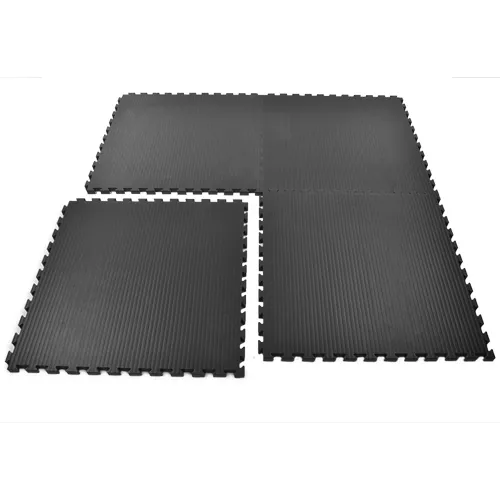Spread or isolated or pad footing strap footing combined footing strip or continuous footing mat or raft footing what is spread footing or isolated or pad footing.
Double matting footing.
Design of a footing typically consists of the following.
A mat is preferred to the.
Procedure for construction of foundation starts with a decision on its depth width and marking layout for excavation and centerline of foundation.
Shallow foundations are built on level ground and hard surfaces.
Under every house is a foundation and under most foundations are footings.
Generally it is below the ground level.
Placement of rebar in footings.
Shallow foundations are no more than 3 feet 0 91 m 91 44 cm deep and are used primarily for smaller simpler projects like holding patio furniture a.
Footings are designed based on the nature of the loading the properties of the footing and the properties of the soil.
Ali mirza1 and william brant2 5 1 introduction reinforced concrete foundations or footings transmit loads from a structure to the supporting soil.
It is circular square or rectangular slab of uniform thickness.
Most of the time we take footings for granted and usually we can.
Foundation is the part of the structure below the plinth level in direct contact of soil and transmits the load of superstructure to the ground.
Depending on the total load applied to the mat and underlying foundation system the thickness of mat foundations can vary from 1 ft 0 3 m to more than 20 ft 7 m.
It is common to use mat foundation or deep basements to transfer the column loads to the underlying soil as well as provide floor slab for the basement.
Footing design by s.
The type of foundation depends on the area of the foundation will be located on and the type of structure that will be placed on it.
The concrete cover is the thickness or amount of concrete placed in between the reinforcing steel and surface of the concrete member.
For typical soils a common 16 or 20 inch wide footing can more than.
The reinforcing system in the mat can be quite substantial with heavy reinforcing bar mats in the bottom top or both locations within the mat depth.
Placement of reinforcement in footing requires activities such as checking for concrete cover location reinforcement tying and supports etc.
Sometimes it is stepped to spread the load over a larger.
A mat foundation is used when the subsoil is weak and column loads are so heavy that the conventional spread footings cover more than 50 of the building area.

